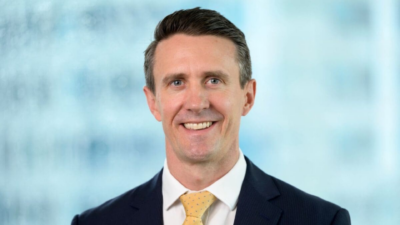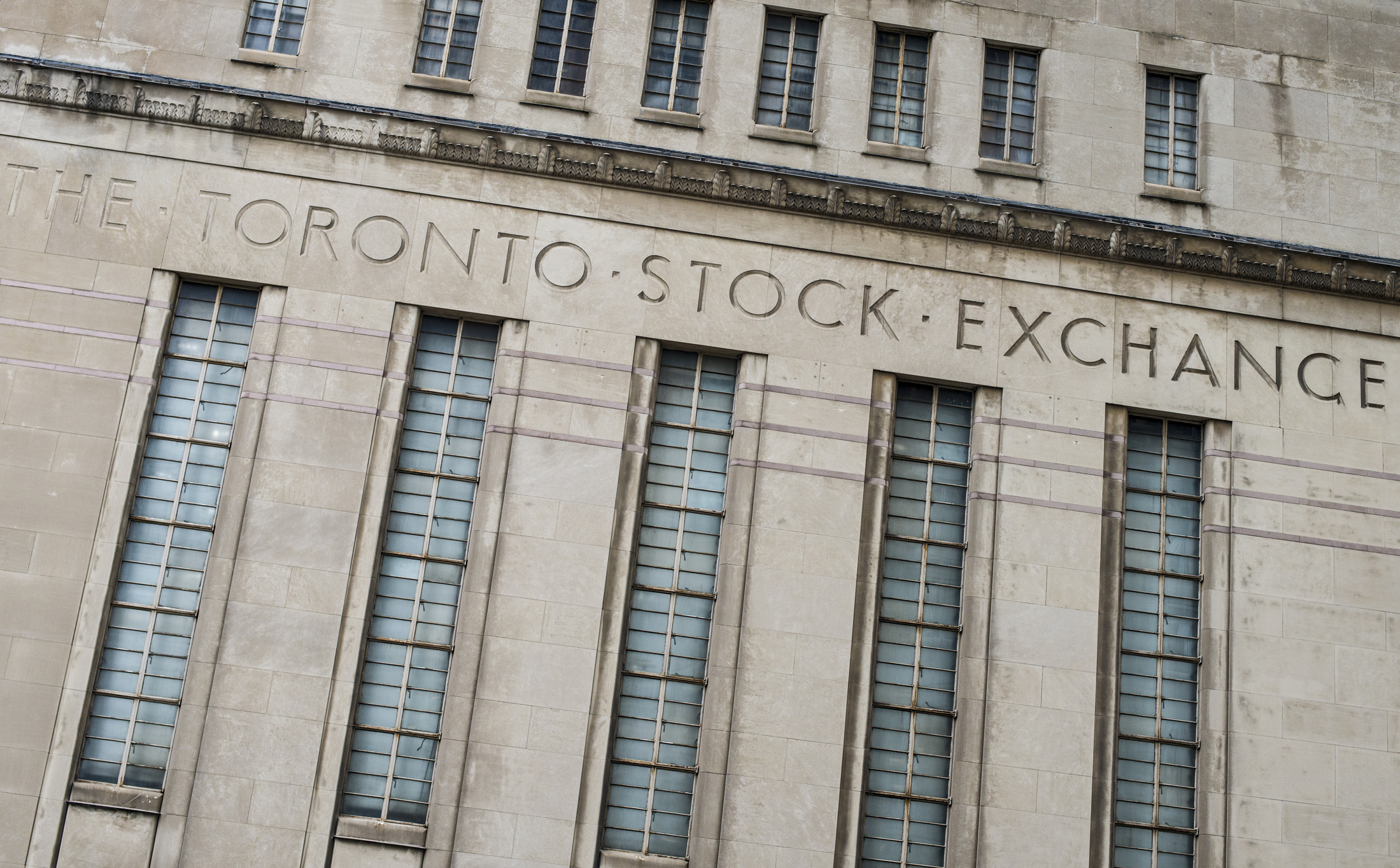Why big super funds might become more like banks
The superannuation system is awash with ideas on how megafunds could and should operate when they manage more than $1 trillion. Will they become almost wholly-indexed titans like NBIM, continue the trend of larger and larger allocations to illiquid assets like their Canadian peers, or spawn a whole new way of investing – an Australian Model?
Andrew Fisher, head of investment strategy at Australian Retirement Trust, thinks that super funds need to look outside the asset owner community for ideas on how to invest well at a trillion dollars and towards organisations like banks.
“Those organisations have a sharp focus on efficiency of implementation and discipline around ensuring every dollar spent is being rewarded,” Fisher told ISN’s Think Forward podcast.
“That’s how banks make a lot of money. So it’s how we think about our balance sheet from a treasury point of view, how we think about who we’re offering that balance sheet to and at what price. Securities lending, collateral management, bank bills – the most basic assets – I think that’s where you’re going to see a lot more innovation in the industry. When I talk to my peers, that’s where the focus is.”
But Fisher doesn’t think that investing a trillion dollars will be much harder than the circa $300 billion ART currently manages.
“I feel like I’ve been answering the same question for 10 years, which is ‘how are you going to add value when you double in size in five years?’. The numbers might get bigger, but scale remains an advantage; I don’t think it’s a coincidence that the largest funds tend to be some of the highest performing funds. Scale gives you the capacity to put so many talented people into solving a problem and the trick is just harnessing that.
“You never hear about a bank say they’re too big to make money, right? And they’ve got a much bigger balance. Yes, there are things that funds do when they’re smaller that perhaps they don’t do when they’re larger, but there’s things they can do when they’re larger that they couldn’t do when they’re smaller.”
Chief among those is investing in big, illiquid assets, which are forming larger chunks of super fund portfolios due to their historical high returns and the fact that they can easily absorb billions of dollars in member money. For most funds, those assets are “forever holds” – but ART is willing to part with them if somebody else wants them more.
“We have to make our peace with the fact that we shouldn’t try to impart too much control over the timing in and out of those assets because we need to be opportunistic. But we also need to make sure that we’re never forcing the buy or sell decision so we can give some strategic direction in terms of whether we’d like to see that allocation going up or down based on our view of the market.
While there’s always a “really exciting story around all the things that can go wrong”, you shouldn’t listen to bad news too much. ART’s outlook for 2025 is, by contrast, “unexciting” – equities will likely continue to go up, and it’s almost impossible to predict the outcomes of any of the big geopolitical events that make some investors anxious.
“There’s all these things we say in investing that I’m not sure are true. One of them is ‘it’s never been harder to do my job – this has been the most challenging investment environment’. The number of times I’ve heard us say over the past 10 years that our CPI-relative objectives were unachievable and they’ve been achieved. And now we have interest rates where they are achievable and we’ve just stopped saying it. We think things are harder than they are.”











